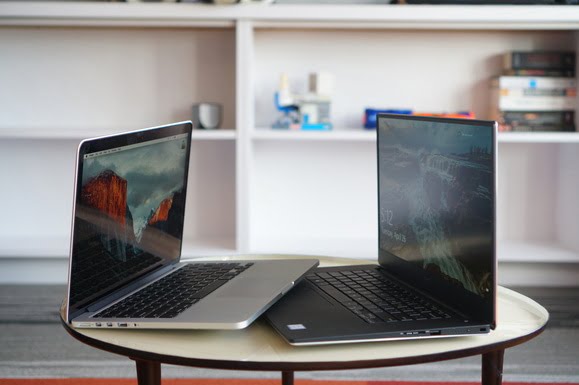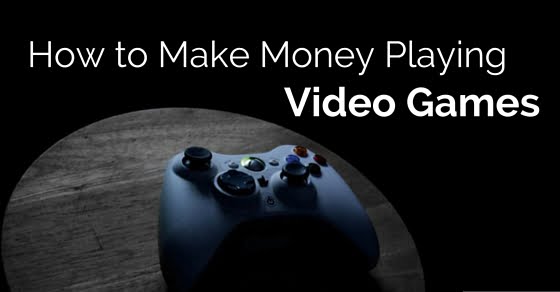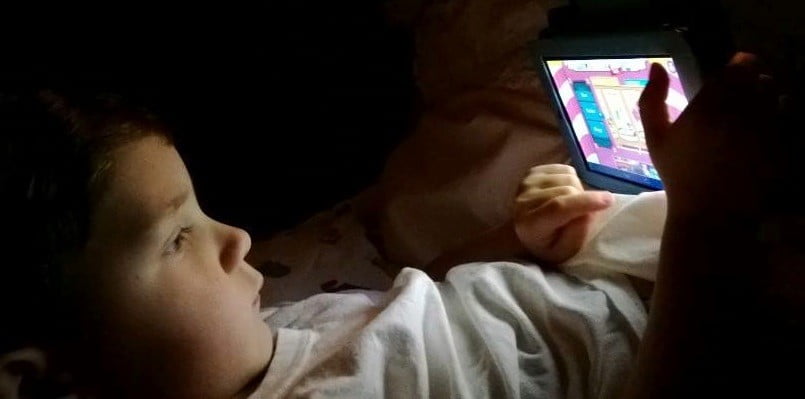
It took the Gameband less than a day to hit its modest goal of $75,000 on Kickstarter last week.
No surprise there.
The Gameband is a smart watch designed around the ability to play retro mini-games on your wrist. More importantly, those games include beloved classics like Tempest 2000, Missile Command and Battlezone.
The team is working with both Atari and indie devs, including the makers of Terraria, to line up a list of impressive games for the wrist gaming platform.
Packed with 10 well known retro games, you’d think the biggest selling point for the Gameband smartwatch would be those titles.
But that’s not the case says Feargal Conuladh, CEO of FMTwo Games, the company behind the watch.
“Although it is natural to focus on the minigames, we expect it to be another level of casual gaming, not something that replaces mobile or other platform gaming experiences,” Conuladh said in an email interview with Polygon. “Our endgame is devices that let our customers control everything around them, and this is a step towards that.”
/cdn0.vox-cdn.com/uploads/chorus_asset/file/7976871/242c5e5247a6e3e03594dc035a702142_original.png)
The big step in that direction is the Gameband’s use of a built-in, upgradeable MicroSD drive. Not only will the drive allow gamers to pack a lot into their watch, and switch things out as easily as they would on an iPhone or console, but it provides the ability for the watch to expand in other, surprising or unthought of ways.
“One key factor in our development was users asking us for a Steam version of Gameband,” Conuladh said. “An iPod for gaming. So when they go to a friend’s house to game they do not have to download all their settings again, etc, they just plug in and play. While that could be achieved with just a drive, embedding that drive inside a powerful smartwatch just opens up so many other possibilities!”
The company already tried its hand on a gaming wearable of sorts with the Gameband for Minecraft. That device was a band that included an LED display and the ability to save your Minecraft worlds, mods and the game itself onto the built-in drive. Essentially, the thing was a wearable USB drive with a bit of LED flash.
/cdn0.vox-cdn.com/uploads/chorus_asset/file/7979647/unnamed__1_.png)
This time around the company’s efforts are for a much more complicated device. This Gameband is designed to compete with other smartwatches on the market. It features a 1.6-inch AMOLED display powered by a Wualcomm Snapdragon Wear 2100 processor (the same one you’ll find in smartwatches from Fossil, Michael Kors and Asus), 512 MB of RAM and 4 GB of ROM. There’s also a slew of sensors (though no battery-killing GPS or heart rate monitor), 802.11 b/g/n wifi and 4.2 Bluetooth.
The watch will be powered by a 400 mAh battery, which is slightly larger than the battery in the Samsung Gear S3 and much larger than the one found in the Apple Watch. And of course, most importantly, there’s the Micro SD slot and a USB C connector.
The watch will run on Android Marshmallow 6.0.01, which will support a collection of apps like a calendar, contacts, phone dialer, weather, music player and alarm, and will have some other neat little surprises, like Alexa voice controls and its own online store called PixelFurnace.
/cdn0.vox-cdn.com/uploads/chorus_asset/file/7976877/6166aa18116d75c293ccb30b97978894_original.png)
The team says they hope PixelFurnace will become an iTunes for watch games. Among some of the more interesting uses for the watch’s PixelFurnace and that MicroSD drive will be the ability to play full PC games directly from the Gameband on any computer. You’ll also be able to play music wirelessly and store and access photos and files. Though, it does sound like there may be some sort of fee down the line for some of this. (The Kickstarter page mentions that the watch includes a year’s free backup on secure servers.)
The Gameband watch will sell for $199 when it hits and comes in three versions: a standard, an Atari-themed watch and a Terraria-themed watch.
One of the big remaining questions for the concept is what exactly Terraria will look like on a watch.
“We’re keeping some of this under wraps for now,” Conuladh said. “As alluded to in the press release there is some interesting thinking going on as to how we can adapt the game to the context of Gameband being something worn out in the real world on a daily basis.”
Gaming on watches has a long, interesting history, and while it remains popular on today’s smartwatches, that category of app isn’t the same sort of selling point as it is on smartphones.
/cdn0.vox-cdn.com/uploads/chorus_asset/file/7976889/645c01687f99164f40e56792b961fcc2_original.jpg)
But Conuladh, who told me that he used to play Shark Attack on his watch until his fingers bled, still thinks that a watch can be a suitable platform for games.
“Give someone a stick, a stone and some time and they will create a game,” he said. “With that logic giving someone this much technology, in the right eco-system, amazing things will happen.
“People tend to think gaming on a wearable would mean being hunched over a small screen, squinting away with stubby fingers trying to hit things. In reality, creative people will come along and dream up amazing innovations, if we give them the right platform. Gestures, voice, movement, swipes, taps, button use, location, step counting, actions that drive actions inside games played on other devices … the possibilities are endless and we believe with Gameband’s relationships with gaming studios we can kickstart a brand new movement in gaming.”
Conuladh says that indie and retro games are both a good fit for wrist gaming, but those aren’t the only sort that work well on a watch.
“Even AAA can be interesting,” he said. “Not to maybe play a full game, but to play subsets of it, swapping items, card games, reminders, directions from Gameband when you are playing the full game, gestures with your Gameband that make things happen on another platform. “
The Gameband Kickstarter is up to $152,000 as of this writing, with 31 days to go and the promise of stretch goals and new reveals.
Time Killers: The strange history of wrist gaming
/cdn0.vox-cdn.com/uploads/chorus_asset/file/7472439/polygon-gamewatch-1.0.0.0.jpg)
The 40-year history of watch gaming shares a common root with all portable gaming: the calculator.
In this collection of stories, we trace the roots of watch gaming and look to the future for what wearable gaming has in store for us.
[Source:-Polygon]





